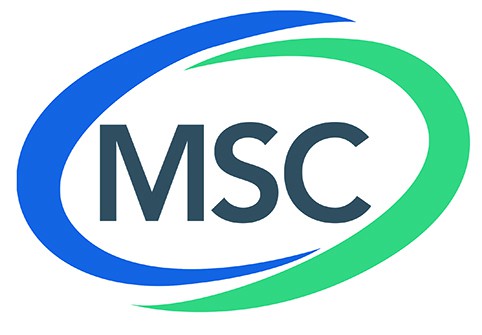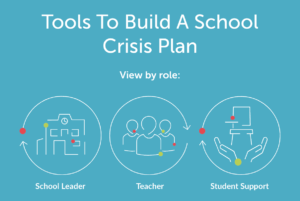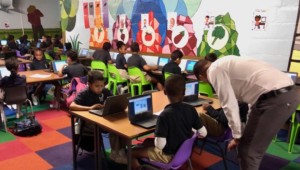Attacking Poverty With Innovation & Supports

In support of a remarkable nonprofit organization serving the diverse communities between Seattle and Tacoma, I spoke at an event Wednesday about what we can do–short and long term–to fight poverty.
Why innovation? (Or, what are you doing now?)
My parents come from a well educated but modest backgrounds. I was born when they lived in student housing and spent my first year sleeping in a drawer. When my father finished med school he spent two years treating wounded vets in Washington DC and then took a post at Denver General. We moved to the Mile-High City, where I started middle school. When I started high school my dad joined a private practice and we moved to a nicer house.
In addition to experiencing the American escalator—the social mobility that was so common a generation ago—the most memorable thing about my childhood was the weekends spent working in urban mission churches. I’m sure this was part of a personal faith response by my parents, but it became evident in my teens that it was central to their parenting plan—and a counterbalance to a comfortable suburban lifestyle. They wanted me to spend time in diverse communities, to see poverty, and experience the rewards to service—something I’m now convinced every young person should experience.
After a dozen years, a remarkable women from the Colorado Children’s Campaign took me back the barrios of west Denver where we toured struggling schools. I was drawn back to the mission of attacking poverty with a focus on education. Over the last twenty years I’ve had the opportunity to work with thousands of extraordinary educators working in over 400 nonprofits and dozens of school districts and networks.
During a dozen years as a district administrator and foundation executive, I led rather conventional efforts to attack this complex problem. Somewhat discouraged by the results, in 2007 I turned my full attention to the potential for innovation–new technology tools and new school models–to deliver dramatically better results. Seven years later, it is clear that we are living through a revolution in how human beings learn–this will be bigger and faster than the printing press was 500 years ago and has the potential do more to spread peace and prosperity than just about anything else.
Here’s a global example of the learning revolution. Last year I handed $100,000 to three young men that had two things in common. An actuary from Singapore and two students, one from Slovenia and the other from Ecuador, had taken a free online class on artificial intelligence from Stanford’s Andrew Ng. A year later they beat thousands of data scientists and all the best testing companies at scoring 26,000 student essays. The moral of the story: with broadband, cheap devices, and open resources, anyone can learn just about anything anytime, anywhere—an important inflection in human history.
A local example of the learning revolution is Summit Public Schools, a network of the coolest high schools in the country. They will open schools in Seattle and Tacoma next year that will combine digital playlists and projects to prepare all students for college and careers. It’s the kind of school many of us have been waiting for 20 years.
Why is it taking so long?
If anyone can learn anything, why are we still so uneducated? Why do education and opportunity gaps remain? The most obvious answer is that there is a motivation gap between those that have persistence and drive and those that don’t. But dig further and the answer lies in the nature of learning and the effects of poverty. Learning is a product of tribal transmission (family and community), self-directed efforts, and public delivery. Context and relationships influence all three.
Addressing the range of motivational profiles and family circumstances is a challenge. And, as outlined in our new book Smart Cities, incorporating the benefits of new technologies into our public deliver systems is a heavy lift requiring sustained leadership, broad partnerships, talent development, aligned investment. Hilary said It Takes a Village, we think it takes a smart ecosystem.
We also observed that cities and states need to embrace education and enterprise– skill-up and startups—to lift large numbers of people from poverty. Job preparation and job formation create an opportunity platform. We need to make job training accessible and business formation easy and affordable.
What about the pressing needs today?
Despite positive prospects and heroics efforts, poverty is still correlated with big gaps in achievement and opportunity. Young people that grow up in poverty don’t just bring gaps to school. We know that students who grow up in poverty, “Bring adverse childhood experiences into schools in the form of traumatic stress,” which, “Can cause children to be tuned out, preoccupied, impulsive, and unable to concentrate, distrustful, and nervous.”
As recently noted, Seattle is great city with the lure of jobs and cultural attractions but it is an expensive place to live. Many families seeking affordable housing flock to South King County, creating the reverse of Midwest cities–a relatively affluent urban core surrounded by very diverse low-income suburban cities.
While many of our tree-lined communities are attractive, they mask poverty better than big cities. South King communities are very diverse and the majority of students grow up in or near poverty. High need ring suburbs like ours benefit from lower cost housing but they often lack transportation and the thick web of support developed over time in an urban core. Lured by cheap rent, suburban families become at-risk when they miss a paycheck.
Fortunately there is a remarkable organization in South King County is that making a big difference. The Multi-Service Center (MSC) helps families find housing; they run a food and clothing bank; they tutor struggling young people; and they provides job training.
In the long run, innovation and enterprise can make a big impact in decreasing poverty in King County and worldwide. But right here, right now, groups like the MSC that provide direct services to people struggling with temporary or chronic poverty are essential and deserve our full support.
For more on innovation and poverty, see:






0 Comments
Leave a Comment
Your email address will not be published. All fields are required.